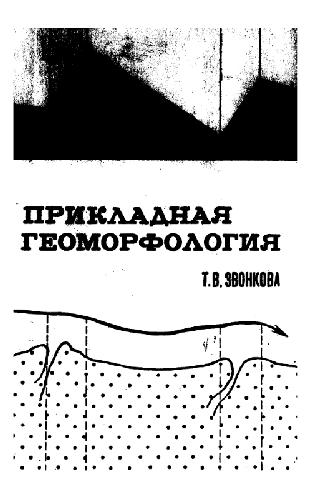C L E Lewis and S J Knell, Cherry Lewis, Simon J. Knell9781862390935, 1-86239-093-2
This book contains contributions from Martin Rees-the Astronomer Royal; Aubrey Manning-biologist and presenter of the BBC TV series Earth Story; Chris Stringer-archaeologist and media personality, and a number of respected historians of science.An historical perspective of geological time, from the seventeenth century to the discovery of radioactivity, and on to modern-day applications of geochronology. Contributors come from the fields of geology and geochemistry, palaeontology, biology, archaeology, astronomy, and the history of science.The age of the Earth has always been a subject of great interest to scientists from many disciplines-geologists, biologists, archaeologists, astronomers and historians. This volume, The Age of the Earth: from 4004BC to AD2002, brings together contributors from these different subjects to discuss various aspects of the theme. It opens with a historical perspective, touching on the works of eminent scholars from the seventeenth to nineteenth centuries, describing how conceptions of the Earth’s history changed over this period. We are taken from the time when state-enforced religious orthodoxy throughout Europe dictated the age of the Earth, through to the nineteenth century when geology emerged as a rigorous and self-contained science. Through stratigraphic work, fossils became established as useful time markers and the scientists of the day turned to the deduction of time from the products of geomorphological processes. By the end of the nineteenth century the debate between geologists and physicists was at its peak. The effort to quantify geological time affected the theory and practice of geology and was largelyresonsible for it maturing into a professional scientific discipline. Through the science of geochronology, increasingly refined techniques developed to measure the age of the Earth. However, it should be borne in mind that the now-accepted age can be considered a ‘geochemical coincidence’ which still remains a contentious issue.The concluding parts of the book discuss a number of related topics: the search for the oldest rocks on earth; a biologist’s viewpoint of the history and pattern of life on Earth; how a refinement of radiocarbon and non-radiocarbon physical dating techniques has impacted on the search for our ancient hominid ancestors; and, finally, cosmology and the questions surrounding the age of the universe. | |







Reviews
There are no reviews yet.